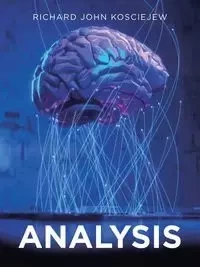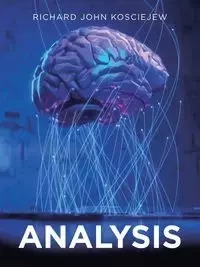Analysis - Richard John Kosciejew
Analysis - Richard John Kosciejew
AutorzyRichard John Kosciejew
EAN: 9781665512183
Symbol
978GAP03527KS
Rok wydania
2020
Elementy
392
Format
21.0x28.0cm
Język
angielski

Bez ryzyka
14 dni na łatwy zwrot

Szeroki asortyment
ponad milion pozycji

Niskie ceny i rabaty
nawet do 50% każdego dnia
Niepotwierdzona zakupem
Ocena: /5
Symbol
978GAP03527KS
Kod producenta
9781665512183
Rok wydania
2020
Elementy
392
Format
21.0x28.0cm
Język
angielski
Autorzy
Richard John Kosciejew

During the early 1900s, in examining the workings of the nervous system, physiologists were beginning to explore the idea that the transmission of nerve impulses takes place, in part, through or by chemical means. Otto Loewi decided to explore this idea. During a stay in London in 1903, he met Henry Dale, who was also interested in the chemical transmission of nerve impulses. However, for Loewi, Dale, and all the other researchers pursuing a chemical transmitter of nerve impulses, years of effort produced no solid evidence. In 1921 Loewi suspended two frogs' hearts in solution, one with a major nerve removed. Removing fluid from the heart that still contained the nerve, and injecting the fluid into the nerveless heart, Loewi observed that the second heart behaved as if the missing nerve were present. The nerves, he concluded, do not act directly on the heart - it is the action of chemicals, freed by the stimulation of nerves, that causes increases in heart rate and other functional changes. In 1926 Loewi and his colleagues identified one of the chemicals in his experiments called 'acetylcholine'. This was indisputably a neurotransmitter - a chemical that serves to transmit nerve impulses in the involuntary nervous system.
The nerves do not perform an action directly on or upon the nerves of which actions are chemical responses, freed by the stimulation of nerves in heart rate and other functional changes, as they are identified as the chemical transmitter of nerve impulses. One such chemical nerve transmitter has been identified and called 'acetylcholine' which is a compound chemical that serves to transmit nerve impulses in the involuntary nerve system.
EAN: 9781665512183
EAN: 9781665512183
Niepotwierdzona zakupem
Ocena: /5
Zapytaj o produkt
Niepotwierdzona zakupem
Ocena: /5
Napisz swoją opinię

